6. Zardoz – Adventure
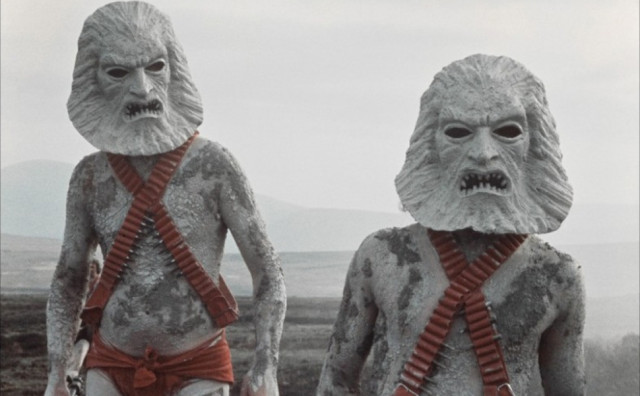
A complete and utter divergence from Sean Connery’s previous iconic role of James Bond, John Boorman’s 1974’s Zardoz is an adventure film with a questionable protagonist, questionable motivates all revolving around an even more questionable world. In a post-apocalyptic future, the human race has been segregated into mortals and those who have achieved immorality.
Written by director Boorman in part as an exercise to prepare him for his intended adaptation of The Lord of the Rings, he decided to pursue the project once funding fell through for the other production. Everything from plot to characters, to set and costume design seem to all just miss the mark of convention.
It is apparent in all aspects from floating divine rock heads to Sean Connery’s red speedo and high kneed boot outfit, that director Boorman was experimenting in his own indulgent space adventure fantasies.
The result is one of the most morally unsound characters Mr. Connery has most likely ever played. Without the fairest sympathy for humans, Sean Connery’s portrayal of Zardoz is one of the most heartless yet equally amusing heroes seen in the adventure genre.
7. Monty Python and the Holy Grail – Comedy
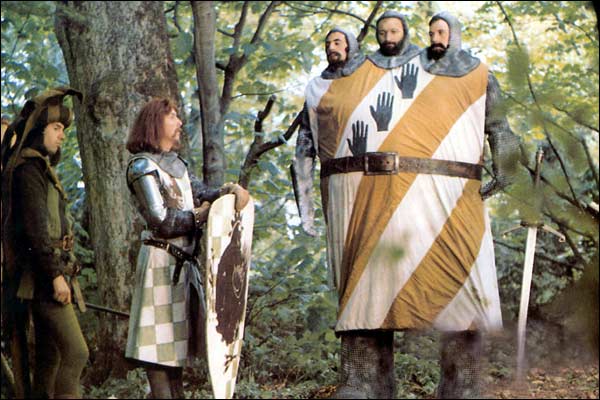
A groundbreaking advancement for the comedy genre, Monty Python and the Holy Grail is one of the first mainstream films to push the boundaries of postmodernism in a comedic film.
A retelling of the classic story of Sir Arthur and his quest for the Holy Grail, the film is the first feature film by the then already popular comedy troop Monty Python. Beyond its legacy and infinite quotability, the The Holy Grail is a period piece that reject the need to confine itself within its historical timeline.
The film is often self aware that it is just pretending to take place during the medieval era and continuously makes reference to contemporary culture or simply break the fourth wall. While these comedic tactics are not new by today’s standards, for the time they were both revolutionary and executed so perfectly that the film has become one of the most beloved comedies of cinema.
8. Pain and Gain – Action
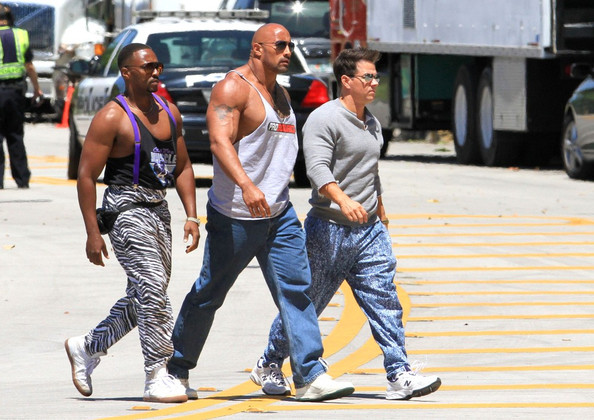
Director Micheal Bay’s Pain & Gain met with mixed reviews and heavy criticism upon its release in 2013. Based on real life events, the film follows a pair of Miami body builders who commit acts of kidnap, torture, and murder in order to extort money in the mid 1990’s. Many felt the film glorified those responsible for the attack, while lacked sympathy for those left victim to these crimes.
Bay himself, is noted for coining an ascetic in Hollywood action films starting in the mid 1990’s with such films as The Rock and Bad Boys. The over-the-top saturated stimulation pumped into his mostly two hour plus films have garnered much financial success over the past twenty years despite many critics labeling them generic popcorn flick dribble.
However, Pain and Gain left an even stronger bitterness on audiences tongues as Bay’s staple masculine beef cake heroes slowly slip down a path of pure villainy. But what makes the film so distressing is its commitment to painting these horrid protagonist as people one should still desire to be.
Many critics missed the film’s brilliant use of genre deconstruction that perfectly parodied a director’s own iconic style of all-american action heroes. The film forces audiences to reflect critically on the characters and films that are presented to them as morally sound by Hollywood standards.
9. El Topo – Western
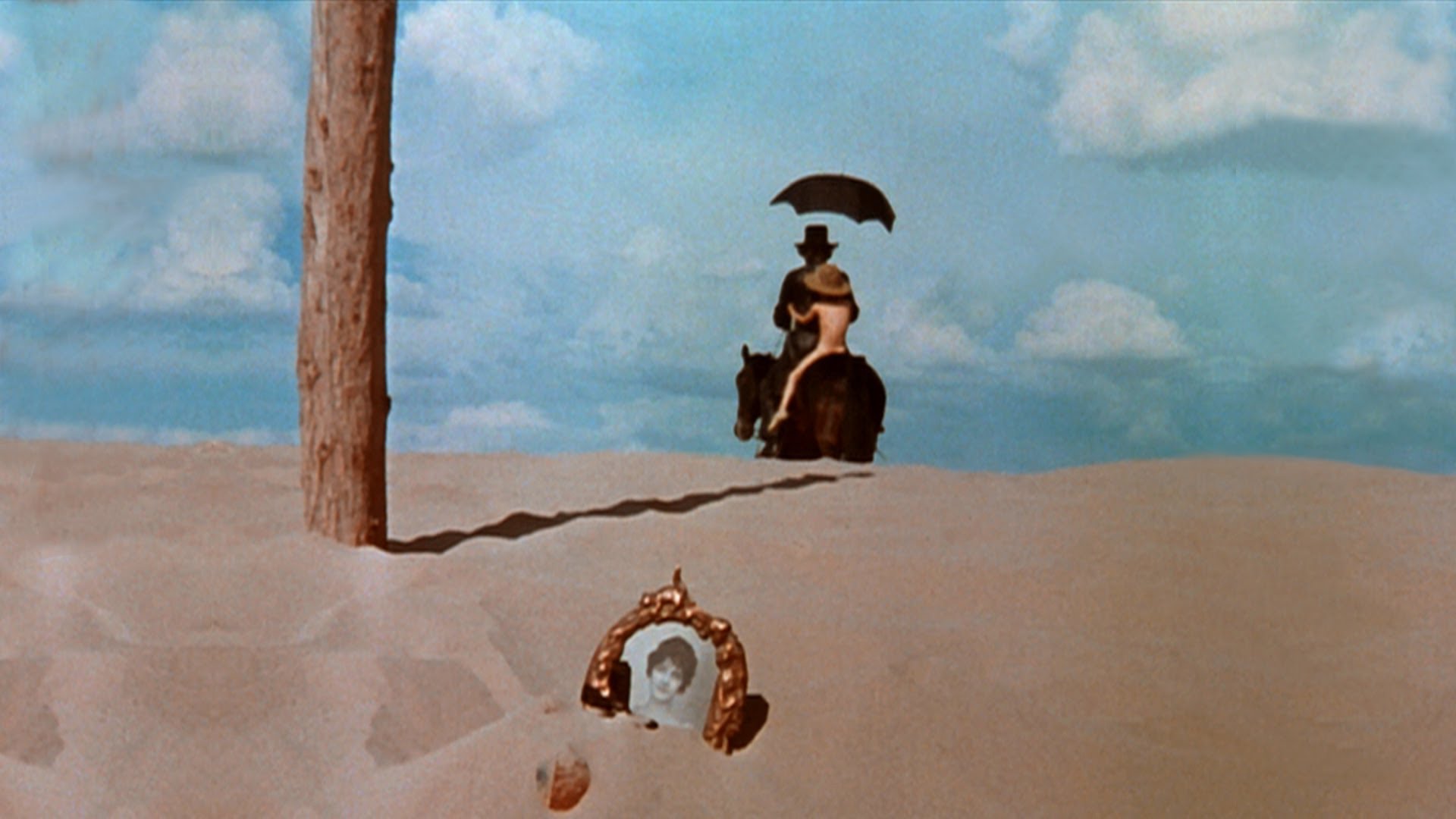
Chilean director Alejandro Jodorowsky is notorious for his surrealist approach to filmmaking in the western genre in 1970 with El Topo. Divided into two parts, the film begins as a classic tale of a gun slinging hero named El Topo as he tries to purge murderous outlaws from a desert wasteland.
After El Topo is slowly worn from his many exploits of vigilantly work, the film disintegrates into a unconventional love story splashed with biblical allusions. What makes El Topo so fascinating is its slow burn approach to telling the story of the classic western hero.
As he himself unravels under the weight of civil servitude, so does the entirety of the film. Having the hero’s story rooted so deeply into the film’s structural composition makes for a interesting character study tied around an even greater genre study.
10. Symbiopsychotaxisplasm: Take One – Documentary
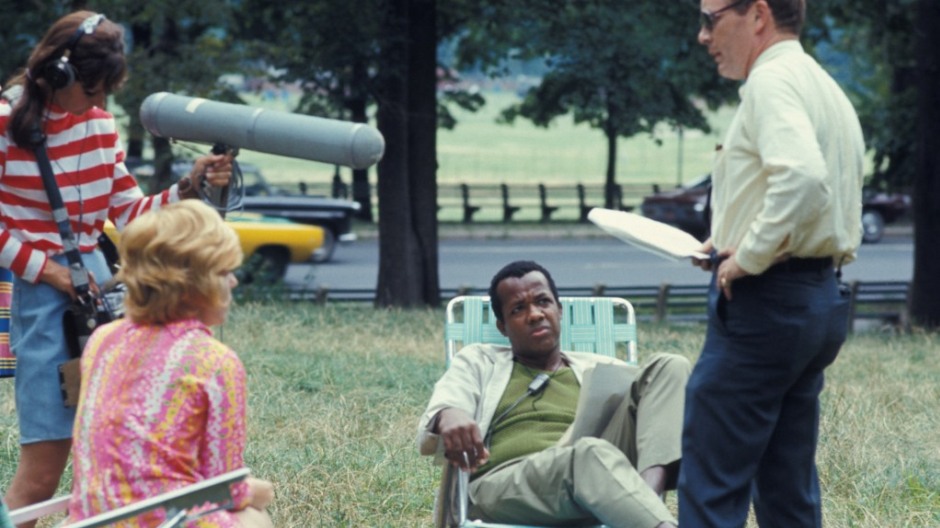
One of the most underrated films ever made, William Greaves’s 1968’s Symbiospychotaxiplasm: Take One is an experimental exploration into the layers of “pure reality.” The film is shot in Central Park during a time where portable sound recording became more accessible for independent filmmakers.
Director William Greaves wanted to conduct an experiment with the concept of free form acting and hired a film crew which he gave little direction beyond, “film everything.” The result is an organic depiction of social interaction as the crew becomes a portion of the story’s multi-layered narrative.
As they begin to film themselves in order to find answers for the director’s vague and frustrating guidance, Greaves manages to unfold a complex portrait of human communal discourse. The film flows freely through its many “narrative within narrative” structure and has managed to become an innovative cult classic of experimental story-telling since its release.
Author Bio: Sarah is a videographer living in Austin Texas. She enjoys both making films and arguing about them on a daily basis.